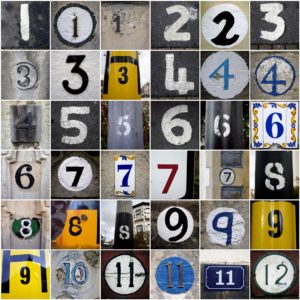 June is a busy month for honeybee keepers. Population in newly installed packages is increasing as is the population in over-wintered hives. Take notice and add a new box if the frame(s) of a hive are 80% full. A healthy, over-wintered hive may be ready for a honey super.
June is a busy month for honeybee keepers. Population in newly installed packages is increasing as is the population in over-wintered hives. Take notice and add a new box if the frame(s) of a hive are 80% full. A healthy, over-wintered hive may be ready for a honey super.
Every 7 -10 days check for swarm cells which are typically along the bottom of the frames. A simple way is to tip a box up on one side to look at the underside of the frames. There are various approaches to managing queen cells. To help you decide what action if any you want to take, refer to various books or on-line forums including the Washington State Beekeepers Forum (free registration is required).
Blackberry, the major lowland Puget Sound nectar flow, starts in June and lasts 2-4 weeks, depending on altitude, weather, and location. In urban gardens, Russian sage, monarda, milkweed, lemon balm, lupine, cilantro, cleome, zinnias, strawberries and hyacinth are popular forage.
If you add more pollinator friendly flowers to an urban garden, plant each kind in a group to make a perfect bee attractor. Planting flowers that have a long blooming cycle encourage the bees to return.
If you have honey to extract PSBA has 3 honey extractors to rent for a small fee. Reserve an extractor via the PSBA web page under “Resources” and then “Equipment”.
Bee Facts:
Approximately 26-71 ounces of pollen is collected in one day and one colony can eat 44-65 pounds of pollen/year.
Source: Diana Sammataro – “The Beekeeper’s Handbook”